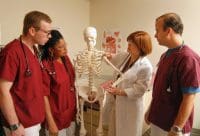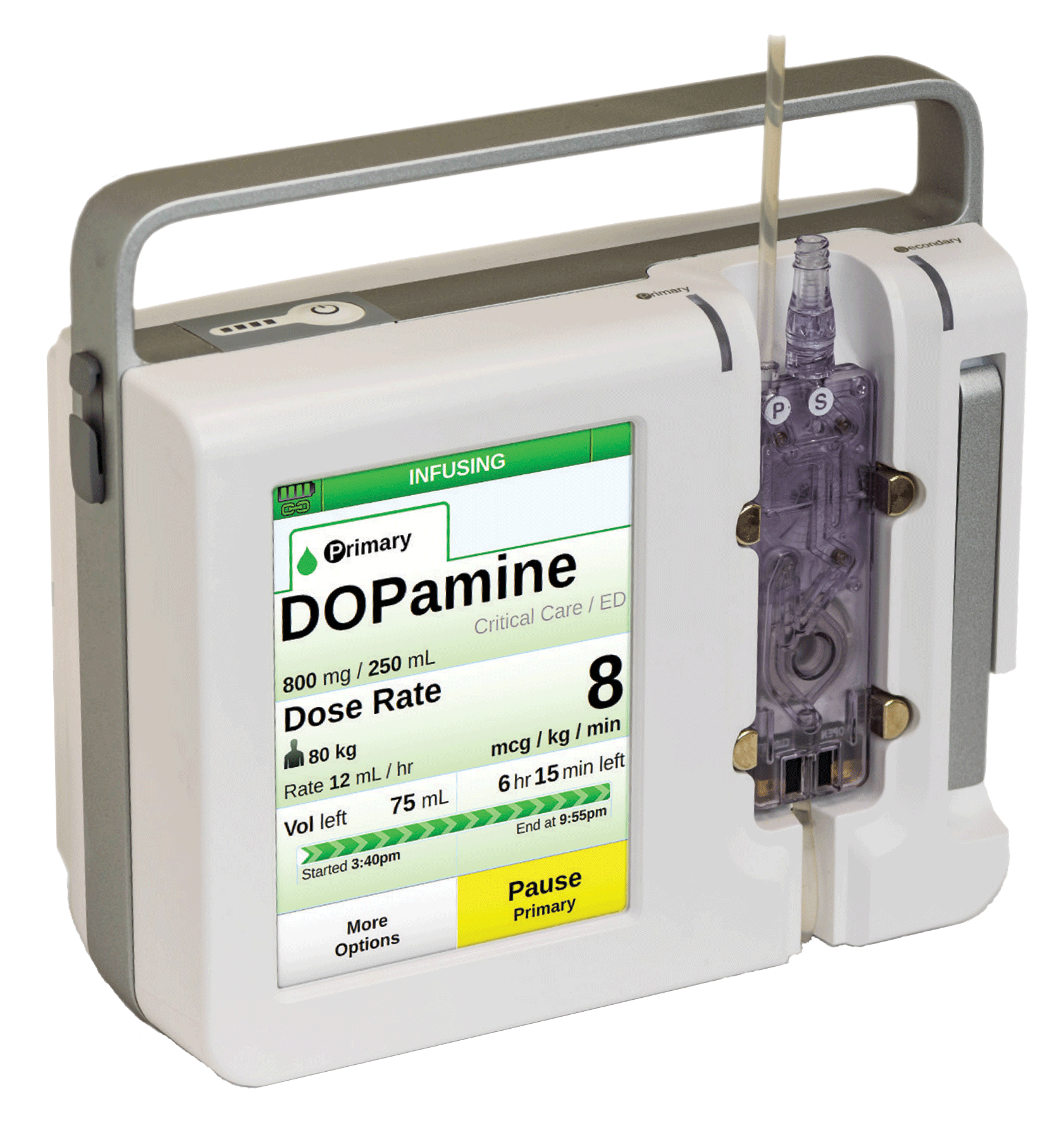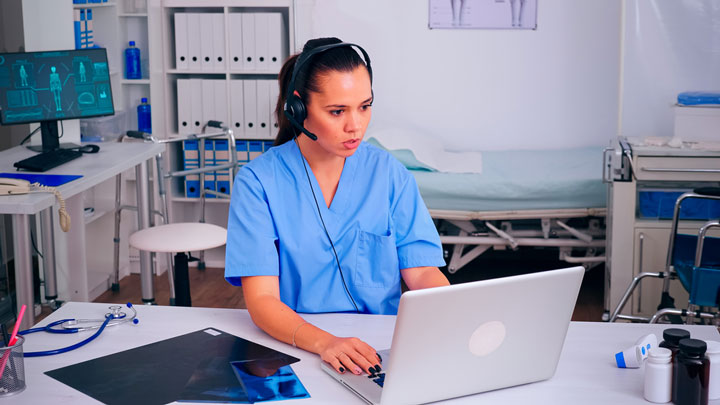As an instructor working for a large urban university, I continually strive to make students’ clinical experiences as meaningful as possible, paying close attention to how every assignment and interaction can help prepare students for their first real-world nursing jobs.
My former tenure as a nurse manager has served me well in this endeavor. During the 3 years I managed a nursing division, at least 20 groups of students from no less than five nursing schools rotated through our unit in rapid and seemingly endless succession. The “good” student groups led by thoughtful, innovative clinical instructors stood out the most and had the greatest impact on our workplace, my management practice, and ultimately the daily work lives of nursing staff. I watched carefully as these instructors skillfully guided students on a journey of learning and self-exploration. During those 3 years, I noticed the best instructors made learning an engaging group process.
Sometimes, though, learning was a private, introspective journey. I was particularly fascinated by the instructors’ use of pre- and postconference meetings as a way of starting the day in a professional, positive manner. They gave students “report” on their patients and used the rest of their preconference time to promote meaningful peer-group discussions. Because my office was adjacent to the students’ report room, I learned much from these discussions. In fact, I structured my time so I could be in my office to listen.
Adopting concepts for end-of-shift reports
As a manager, I immediately recognized the potential of transferring many of the concepts used in students’ preconference meetings to our staff end-of-shift reports. My goal was to transition to a model that promoted more than just the usual obligatory exchange of clinical information. Our designated time for staff report was limited to 30 minutes—a bit less than the students’. At the beginning of that allotted time, staff nurses discussed their patients. As they focused on their daily report sheets, they assumed dutiful, attentive postures while diligently recording information on each patient’s condition, orders, and lab values. But after 15 minutes or so, I saw those postures ease into relaxed “at-home” poses. Coffee was served and laughter broke out as conversation drifted toward gossip, complaints about workload, and the daily news.
Although I recognized that staff nurses need time to fortify themselves before the stress of the workday, I reflected on the untapped potential of this precious time when staff from two shifts were present in the same space. After about a week, my mind and my legal pad were bursting with possibilities ranging from enhanced communication and education to performance improvement and in-creased patient satisfaction. At our medical center, procedures for nursing staff evaluations and promotions focused heavily on several of these domains, so I thought it worth a try to promote the use of this time for more productive purposes.
From management training, I recalled the importance of engaging staff. So I presented my ideas to a few key nursing staff members who happened to be informal leaders in the division. Over a few weeks, I had informal conversations with them, consisting mainly of “what if” situations. I told them I’d recently visited (I didn’t tell them the “visit” was strictly in my imagination) a unit where the staff signed up to present brief educational sessions to each other during morning report. All staff, including registered nurses, licensed practical nurses, and nursing assistants, were welcome to present a topic of clinical interest, to discuss an area that needed performance improvement, or to support the rollout of a new initiative or piece of equipment or even an unfamiliar medication.
Busy sign-up sheet
I decided to “freeze” for a few weeks and let these ideas percolate. During that time, the nursing staff began to spontaneously embrace this innovation, which we ultimately called “5 minutes for education.” (Actually, the presentations usually ran for 10 or 15 minutes, not 5.) I was impressed when, one at a time, nurses brought newspaper and journal articles to share with colleagues on a topic of interest, such as a patient’s unusual condition or diagnosis. One nursing assistant even signed up to remind everyone of the proper technique for applying a urine collection bag that could be strapped to the calf to promote more independence and active participation during physical therapy. One day, a staff member sheepishly pulled out an article, saying it was “my turn”—yet no one ever said he had to take a turn.
The sharing idea evolved organically, and ultimately a sign-up sheet was posted so staff could sign up to share with colleagues again and again. Someone designed a logo for the program, and soon the idea gained mobility within the organization and took root in other units as well. Word of our interesting presentations spread throughout the facility. Some nurses were invited to present on other units, enabling them to “cross-pollinate” others with information and best practices.
Over time, staff members (even those who’d initially resisted change) took their topics for education and transform-ed them into performance-improvement projects. For example, a presentation on reminders about proper catheter insertion led to a project on lowering the incidence of catheter-associated urinary-tract infections; a nursing assistant’s presentation on proper patient-transfer technique evolved into a project to decrease falls.
Transformational teaching mission
After 3 years as a nurse manager, I realized I would make a much better educator than manager. Today I work as a clinical instructor in hospitals. Usually, I’m assigned my own student pre- and postconference rooms, similar to the one I’d assigned to clinical instructors on my unit long ago. A primary goal of my teaching mission is to transform those stark rooms into lively environments for learning and student collaboration.
Within the confines of our small, protected space, I ask my students not only to dutifully share their shift reports with each other (as I know they will be doing in their future workplaces), but also to share and explore ideas just like those wonderful clinical instructors who inspired me had shared theirs. As I teach, I realize I may be looking into the faces of future nurse managers, educators, or even the next great nursing theorist.
Let the cycle of learning continue.
David Foley is a lecturer in the School of Nursing at Cleveland State University in Ohio.



















1 Comment.
Very well summarized. A classical example of involved and influential leaderhsip